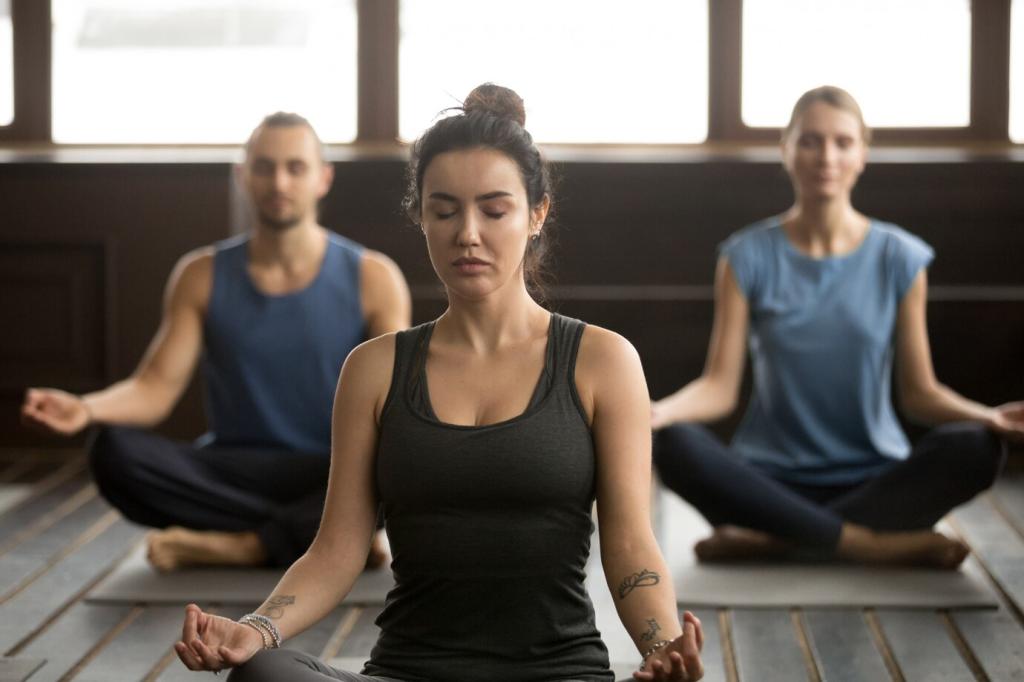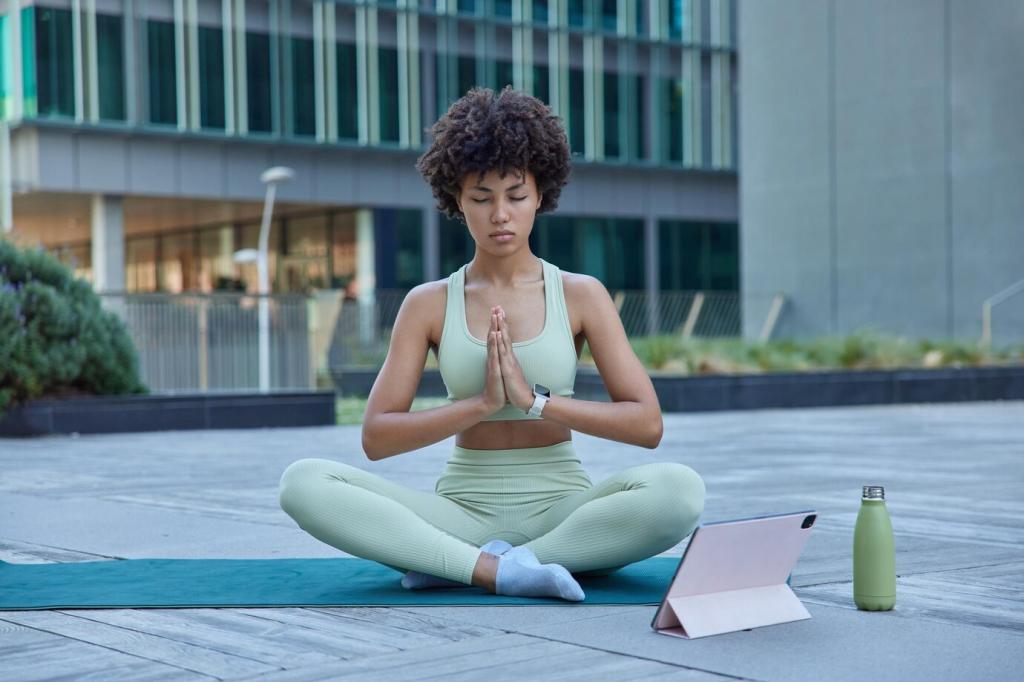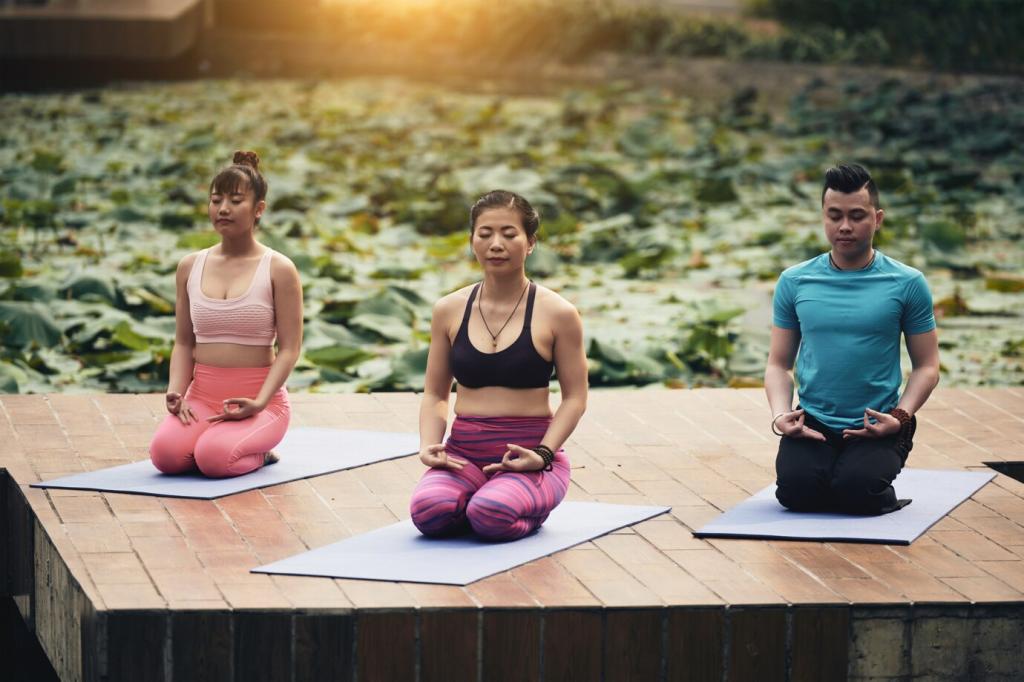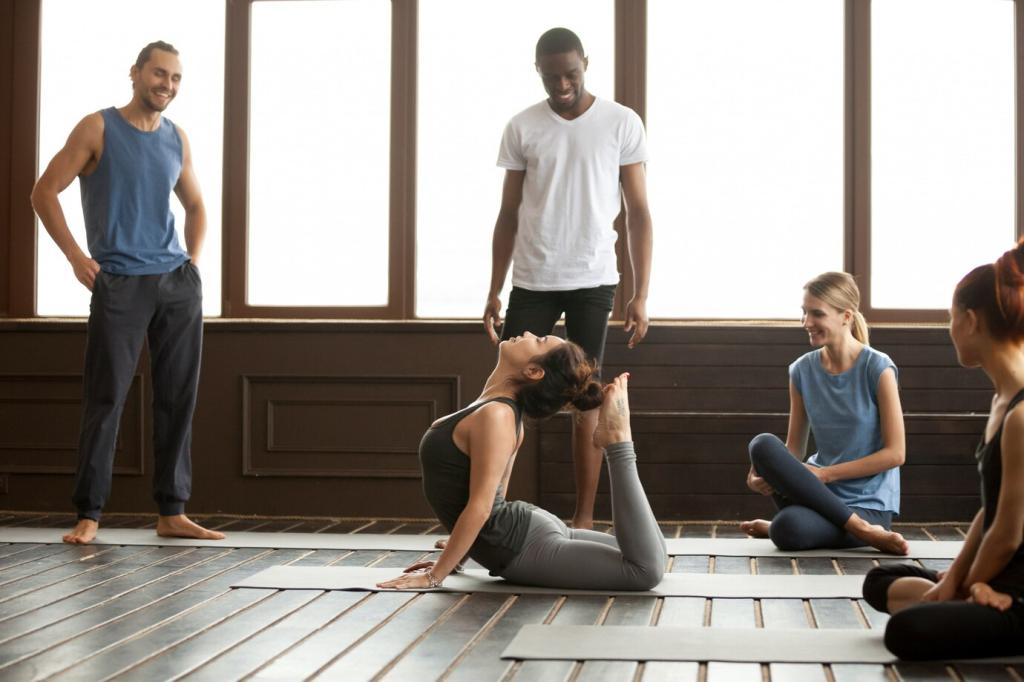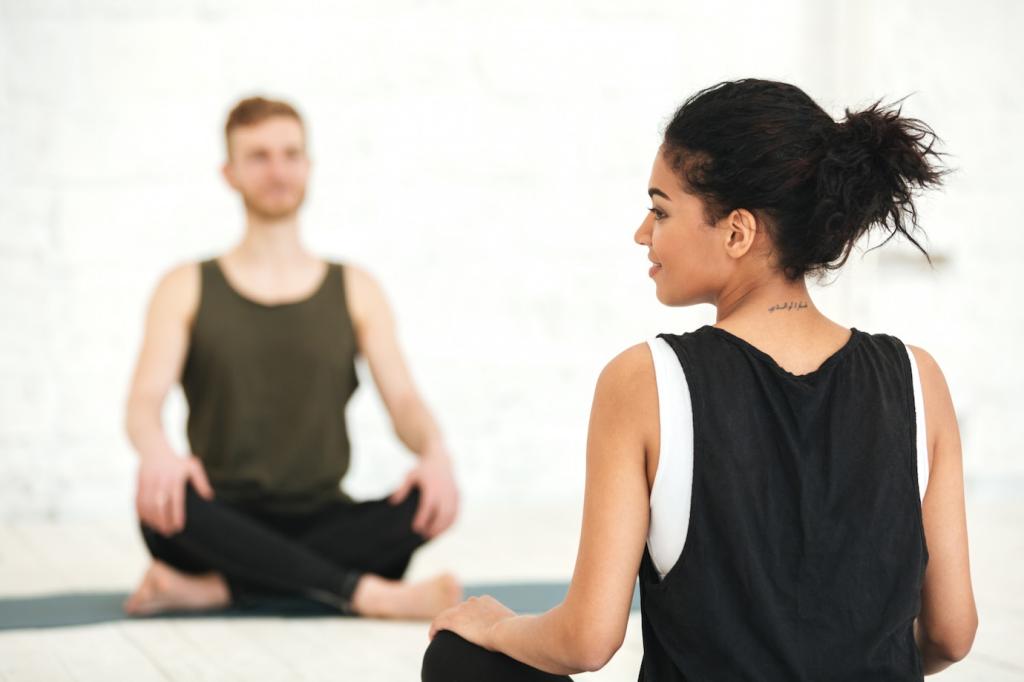Why Yoga Supercharges Your Existing Training
Improved mobility from yoga enhances your usable range of motion, so squats sit deeper, lunges feel steadier, and your running stride opens naturally. With joints moving freely and tissues more supple, you can produce force efficiently and maintain technique under fatigue. Share your experience below.
Why Yoga Supercharges Your Existing Training
Breath-led movement teaches you to feel alignment, recruit the right muscles, and correct compensations in real time. This sharper awareness translates directly into cleaner lifts, safer landings, and smoother transitions between exercises. Comment with the cue that helped you most and inspire others.

